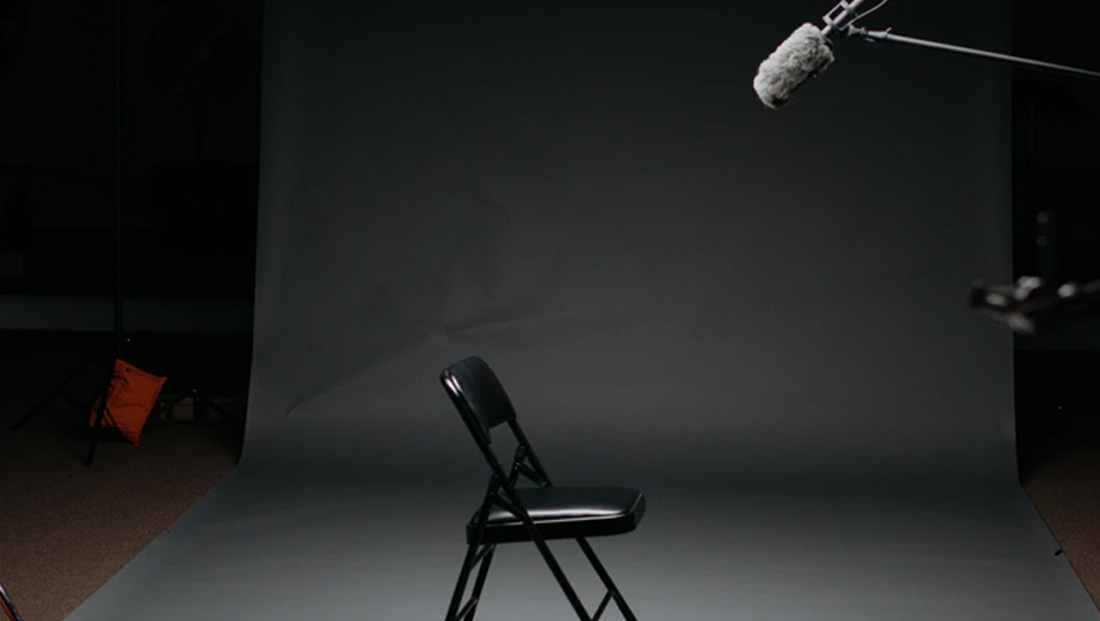Tips on how to create a home TV studio for anchors and reporters

Subscribe to NewscastStudio for the latest news, project case studies and product announcements in broadcast technology, creative design and engineering delivered to your inbox.
Getting the signal back
Once a home studio is ready to go, the next challenge is how to get the video and audio back to your control room.
- If you are able to send a satellite or microwave truck to staffers’ homes in order to facilitate getting the signal back, it’s probably best to stick with solo crews since sitting in a cramped live truck is a great way to spread germs. Also consider how this crew member will be eat, drink and use the restroom in ways that avoids contact with others as much as possible. If you switch out shifts, be sure to provide cleaning supplies to sanitize surfaces — but also use care and following manufacturer instructions for how to clean electronics. If possible, opens windows in vehicles to provide ventilation.
- Transmitting via the internet can be a good option, but keep in mind bandwidth in residential areas may vary greatly and, with more people at home, it likely will be even more unreliable.
- If possible, have the talent’s home internet provider boost bandwidth for best results (this can often be done remotely without a technician visit) but keep in mind most providers don’t guarantee any speeds or even the availability of a connection. Some providers may also be limiting such requests as internet usage spikes.
- During live hits, limiting other internet usage in the home can help make the connection more reliable, though your results may vary.
Communication
Having reliable communication between home studios and the control room is vital.
- If they aren’t already and it’s possible, get talent set up to access the editorial system at home.
- Cell phones and even consumer earbuds can be used as IFBs.
- Another option is to have someone living in the home help out by being on the phone (either cell or landline) to the station. If possible, it may be wise to use this either as your primary or as a backup connection to talent.
- It’s also worth emphasizing with talent that a home studio should always be considered “hot” unless all of the devices are physically turned off. Since remote production is inherently more complex, it’s easier for an open mic or camera to make it to air — so caution talent about what happens in the space.
- To be safe, cameras can be zoomed to an indistinguishable part of the room or have their lens covered with a piece or paper or cardboard and mics can be disconnected or turned off. However, keep in mind this can also lead to talent forgetting to reset these devices when it’s time for air.
- Likewise, talent should keep in mind that even if they aren’t on air, the station may be able to see and hear what’s going on at any time (something that can be tough to remember when working from home).
- As odd as this sounds, also remind talent that they should be fully dressed. It’s also possible for a camera to “slip” from its locked down position (or the robotics go haywire), inadvertently revealing your anchor is in their underwear (or worse). While jeans or more comfortable pants are certainly permissible — the rule of “I wouldn’t be embarrassed to be seen on air wearing this” is a good one to follow.
All this said, it’s also important give everyone a break during these unprecedented times and not strive for perfection.
If a home studio doesn’t work perfectly, isn’t lit the best or a pet or child ends up interrupting a broadcast, it’s OK — and it might even brighten your viewers’ day.
Subscribe to NewscastStudio for the latest news, project case studies and product announcements in broadcast technology, creative design and engineering delivered to your inbox.



tags
Coronavirus
categories
Broadcast Industry News, Featured